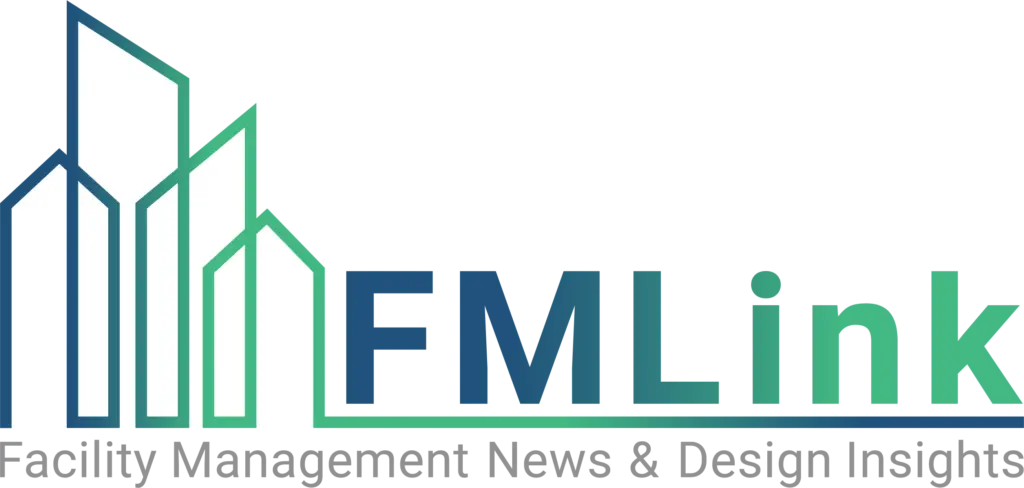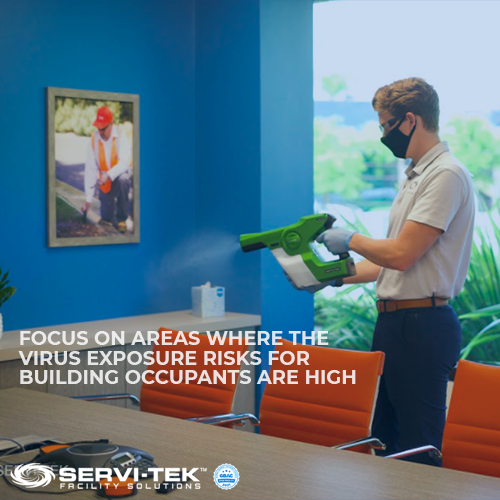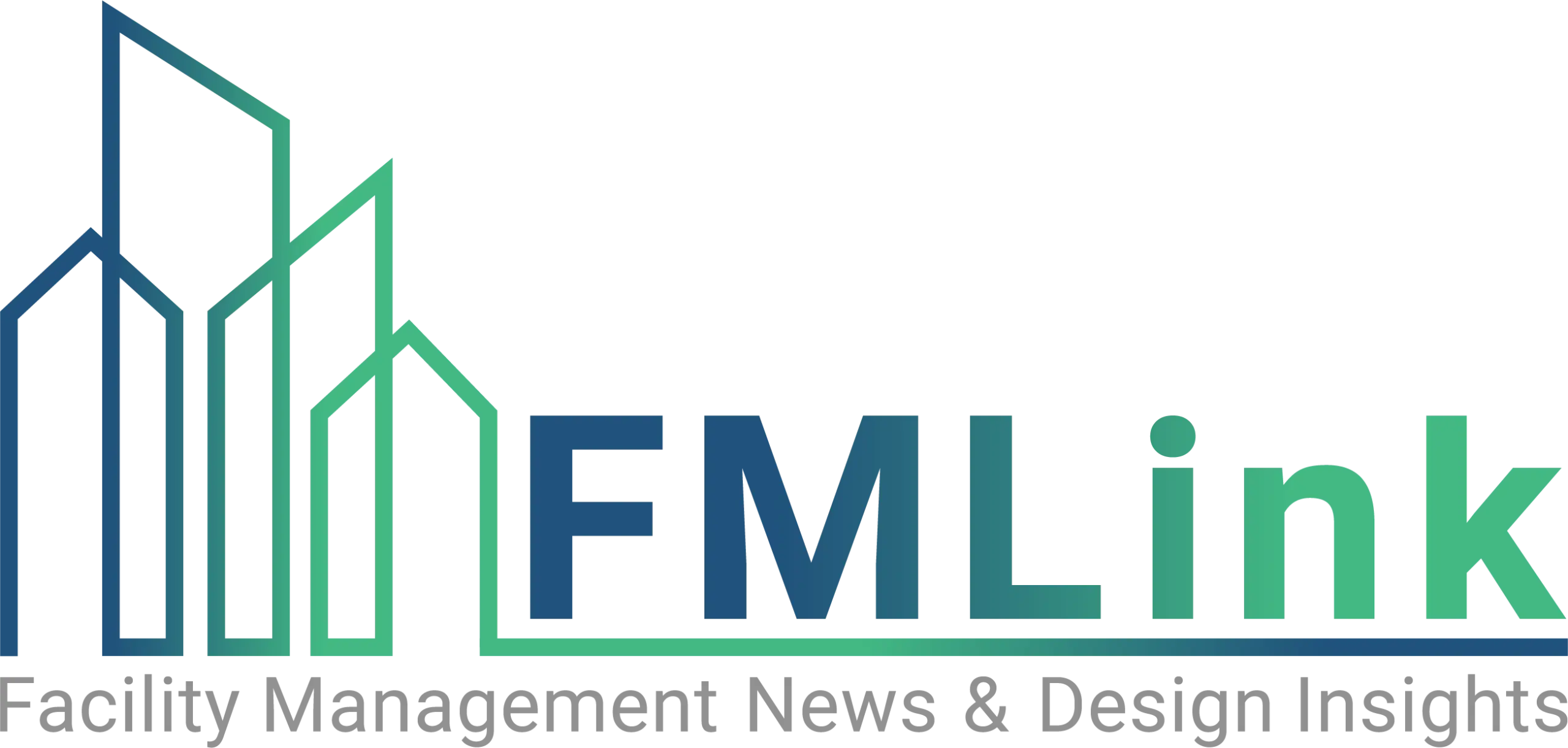With detailed information about the costs and benefits of potential green investments in their existing buildings, corporations can effectively evaluate which initiatives will ultimately provide the greatest results over the short and long term. Based on its overall business goals, each corporation will have different values and therefore different strategies. For instance, one corporation may focus on investments that will deliver the greatest improvements to the quality of the work environment, while another may make its top priority those investments that most significantly reduce environmental impact.
The many potential greening initiatives a corporation can undertake compete with a myriad of other capital and operational investments. This includes systems renewal, building renovations and new construction. While corporations may single out opportunities to improve building sustainability for analysis, ultimately those investments will need to be assessed in the context of other building requirements.
Corporations that are early in the process of integrating green programs into their capital plans may choose to focus initially on relatively low-cost initiatives. These can deliver short-term paybacks by reducing energy and natural resource consumption — with the priority based on cost savings and other desired benefits. As they make progress and see results, they may go on to evaluate greening opportunities that can provide both short- and long-term environmental, social and economic benefits. Such assessments may be conducted, for example, in support of major building renovations, large-scale master planning programs or the acquisition of a long-term property holding.
By combining this information with detailed data about overall requirements across a building portfolio, corporations can get a holistic view of facility needs — allowing them to maximize operational efficiency while promoting a sustainable built environment. This article illustrates a few simple steps to take when considering facility and sustainability upgrades.
Complete an Objective Evaluation
Finding this data and making these decisions can be a daunting task for many corporations. The first step in identifying the best investment strategy for sustainability is an objective evaluation of a corporation’s current state of sustainability and its options for change, including estimated costs and potential benefits. There are several questions a corporation should ask itself when establishing a sustainability framework. First and foremost, what are its strategic, real estate and green objectives? Is there a balance? Basically, where do you want to be in terms of sustainability while staying within the corporate agenda?
It is important to remember sustainability is not a “one-size-fits-all” process. Various corporations will have very different approaches to sustainability. When deciding on corporate or sustainability initiatives, keep in mind that reaching the highest level of green or energy performance is most cost effective when timed to coincide with new construction, renovation or major infrastructure renewal.
Also, the savings are greatest when improvements are made as close to end of use as possible, for example, lighting systems and water-efficient rest room fixtures are quick, money-saving improvements.
Factors to Consider
Once the corporation’s objectives are decided, it is time to determine what the starting point is — what types of assets and equipment are already in place, where sustainability can be improved easily and where the most work is needed. There are many factors to consider when determining the starting point of the sustainability plan. Climate can affect sustainability drastically; warmer climates will need to consider cooling systems, while colder climates will focus on heating.
The location of a facility — rural, suburban or urban — will also play a role in determining sustainable technology needs; urban buildings normally contain more equipment and assets in a smaller space as opposed to rural buildings, which are less densely occupied. Other factors to consider are type and use of buildings, age and existing condition, corporate mission, community initiatives, partnerships and mandates.
Establish Financial and Performance Metrics
Financial metrics will obviously have an impact on how a corporation evaluates its sustainability initiatives. When a corporation looks at its deferred maintenance, maintaining facilities and keeping them going through their lifecycle, it would normally look at an in-kind or conventional replacement. If there are green alternatives, corporations should consider several financial metrics while evaluating each option. The lifecycle of systems, along with the cost of operation over that span, is an important factor. Keep in mind that many sustainable alternatives include a payback over time resulting from reduced energy and operation costs.
One easy way to evaluate the cost of green alternatives is the cost as a percentage of current asset replacement value. If the cost of making a facility sustainable starts approaching the value of the facility itself, it obviously is not financially viable. A corporation should also consider “the triple bottom line.” The triple bottom line includes the financial impact on the corporation, the corporation’s impact on the environment and the corporation’s social responsibility. If a capital plan that includes green initiatives can hit all three areas of the triple bottom line, it may be the best alternative.
While financial metrics are important, it is also necessary to have metrics that define and measure both current and future sustainability. There are several green ratings systems that can be employed as guidelines, including the Leadership in Energy and Environmental Design for Existing Buildings Operations and Maintenance (LEED-EB O&M), Green Globes, ISO 14000 and BRE Environmental Assessment Method (BREEAM).
A typical facilities condition assessment (FCA) gathers data on facility condition, the lifecycle of different systems within the facility, code compliance, functionality and efficiency, among other aspects. Integrating sustainability into the FCA process using, for example, LEED-EB O&M requirements as a guideline, adds several metrics to the assessment: energy efficiency, water conservation, indoor air and environmental quality, site sustainability and materials and resources.
Identify and Evaluate Green Opportunities
After the performance metrics have been established, the organization can identify green opportunities while also looking at overall facility condition. Many common green opportunities within existing buildings include green roofs, high-efficiency lighting controls and sensors, waterconserving bathroom fixtures, organic landscape maintenance, materials with recycled content or bio-based materials and centralized automated building management. This part of the process involves capturing data and identifying the green options, not deciding which of these options are in line with the organization’s capital planning objectives.
Once the opportunities have been identified, the next step is to evaluate them in the context of the overall capital plan. When evaluating the options, it is important to take into account initial cost differences between the conventional and sustainable alternatives along with the savings over time. For many resourcesaving alternatives, the initial investment may have a rapid payback period. The best way to evaluate all the options is to develop a list of parameters that represent important priorities for the organization. Priorities may include cost, potential energy savings and impact on overall facility condition. Using these parameters, the organization can make an informed, datadriven decision regarding the alternatives.
Following this approach will allow a corporation to determine the current state of its facilities and sustainability, the alternatives for sustainable facilities upgrades, the cost and payback of these upgrades, which upgrades are the most important and how to incorporate the upgrades into an established facilities capital plan and budget.
With the right framework and tools in place, corporations can evaluate the sustainability of their existing facilities, plan to reduce their environmental impact, increase their energy efficiency and cost savings and promote a healthier built environment. Whether a corporation already has a sophisticated sustainability program or is newly engaged in this effort, it is desirable to evaluate and prioritize green options while remaining aligned with the overall business mission.





